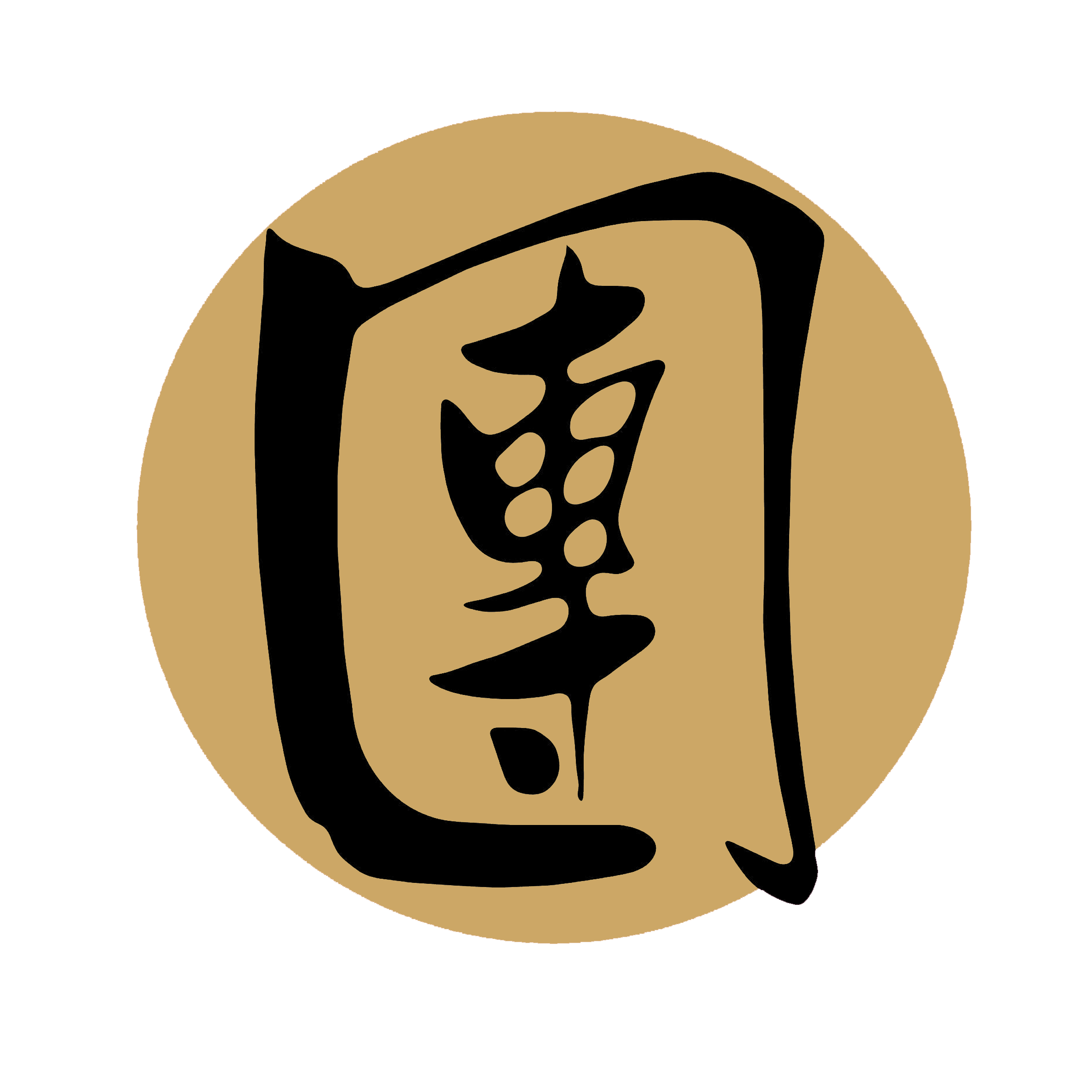30. Fut-sum-jeung: Choy Li Fut Kung Fu Techniques
Fut-sum-jeung: Exploring the Essence of the Buddha Heart Palm
Fut-sum-jeung, also known as the Buddha Heart Palm, is a striking technique that holds deep significance in Chinese martial arts. It is a fundamental component of various styles, including Wing Chun, Choy Li Fut, and Hung Gar. In this article, we will delve into the origins, characteristics, and applications of Fut-sum-jeung, shedding light on its importance in martial arts practice.
Origins and Meaning:
Fut-sum-jeung derives its name from the combination of three Chinese characters: "Fut" (佛), meaning Buddha; "Sum" (心), meaning heart; and "Jeung" (掌), meaning palm. This powerful technique embodies the compassionate and focused spirit of the Buddha's heart, representing a harmonious balance between inner peace and forceful action.
Characteristics and Execution:
Fut-sum-jeung is a thrusting strike performed with the edge of the palm. It focuses on utilizing the base of the palm to deliver a forceful blow to the opponent's vital areas, such as the solar plexus or sternum. The technique involves a forward extension of the arm, generating power from the rotation of the waist and the transfer of energy through the body. The execution of Fut-sum-jeung requires precision, speed, and proper body alignment. The practitioner's palm is positioned horizontally, with the fingers relaxed and slightly bent. As the strike is unleashed, the arm extends forward, accompanied by a simultaneous rotation of the waist and a strong contraction of the core muscles. This combination of body mechanics generates a concentrated force that can penetrate an opponent's defenses.
Applications and Strategies:
Fut-sum-jeung is renowned for its effectiveness in close-quarters combat, where space is limited and quick, powerful strikes are crucial. The technique's forward thrusting motion enables practitioners to strike their opponent's vital areas with speed and precision, delivering significant impact. It can be used both defensively to counter an opponent's attack and offensively to initiate an assault. In combat scenarios, Fut-sum-jeung allows practitioners to target an opponent's weak points, such as the solar plexus, ribs, or sternum. The forceful blow delivered by the Buddha Heart Palm can cause disruption to an opponent's breathing, balance, and overall combat readiness. Furthermore, the technique's compact and direct nature makes it suitable for close-range encounters, where the speed and accuracy of strikes can make a significant difference.
Training and Development:
Training in Fut-sum-jeung involves a combination of solo practice and partner drills. Solo practice focuses on developing the foundational elements of the technique, including body alignment, proper palm positioning, and generating power through coordinated body movements. Practitioners often perform repetitive striking drills to enhance their technique and build muscle memory. Partner drills play a crucial role in refining the application of Fut-sum-jeung in realistic combat situations. Practitioners practice striking targets or focus pads held by a partner, aiming to deliver accurate and forceful strikes while maintaining proper technique. These drills help practitioners develop their timing, precision, and ability to generate power in a dynamic and interactive environment.
Conclusion:
Fut-sum-jeung, the Buddha Heart Palm, is a significant technique in Chinese martial arts, embodying the essence of focused power and compassionate action. Through its precise execution, practitioners can harness their inner strength and deliver forceful strikes to overcome opponents. With diligent training and practice, martial artists can refine their Fut-sum-jeung technique, enhancing their overall martial arts skills and embodying the principles of balance, focus, and disciplined action that the technique represents.

